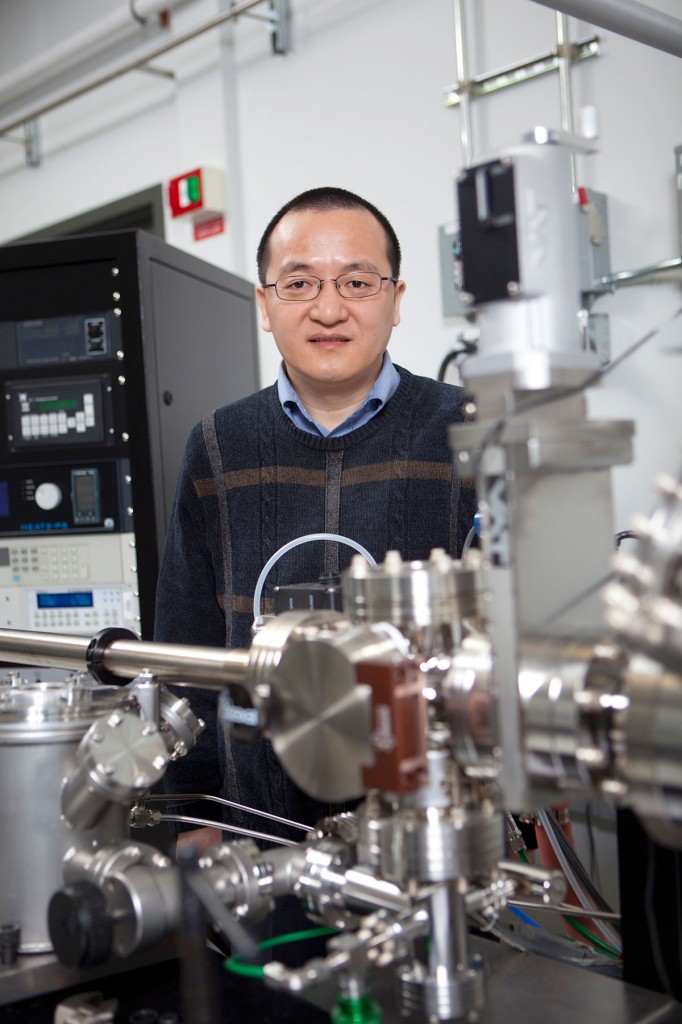
Engineers and architects have long faced the challenge of the inevitable onset of oxidation — the interaction between chemical compounds and oxygen that is directly responsible for the rusting of metals. One professor at Binghamton University, however, has recently uncovered information that may stall this process in certain metals.
Guangwen Zhou, an associate professor of mechanical engineering at BU, partnered with Peter Sutter from the Center for Functional Nanomaterials to conduct his research. The two have been working together since 2013, and their findings were recently featured in the Journal of Proceedings of the National Academy of Sciences.
Zhou had previously been investigating rusting for over 10 years, due to its relevance to mechanical engineering. He said rusting metals has been detrimental to the economy and is a pressing issue that must be resolved.
“Corrosion-related damage costs more than 3 percent of United States GDP,” Zhou said. “Resistance to corrosion or oxidation is therefore one of the most important properties for materials.”
The research centered around nickel-aluminum (NiAl) because its uneven surface makes it particularly prone to erosion from outside elements.
Sutter and Zhou used a low-energy electron microscope (LEEM), which operates by shooting a beam of electrons at an object to map an image of its surface, to effectively observe changes in the metal’s surface during oxidation.
The research contradicted previous notions that a metal’s uneven surface was unrelated to corrosion. Zhou and Sutter discovered that elevations could actually impede metal corrosion.
“Atomic steps — a defect common to crystal surfaces — are typically considered as active sites for surface oxidation,” Zhou said. “In contrast to this view, we found that the presence of certain atomic steps can play a significant role in inhibiting the process of oxidation in its tracks.”
Liang Li, a second-year graduate student and assistant to Zhou, explained that the goal is not to entirely stop the process.
“Oxidation is not always undesirable,” Li said. “It can also be utilized in various technological areas. Therefore we are not always ‘combating’ oxidation. Instead, we are trying to ‘harness’ it. To do that, we first need to understand how it happens in the first place, which is the primary goal of our research.”
Furthermore, Li said he was optimistic about the future of the team’s research in light of constant technological innovations and their ability to make monumental discoveries.
“I believe that in the near future our research results can be further utilized in technological applications, either to help prevent undesirable corrosion or to facilitate the synthesis of functional oxides,” Li said.


